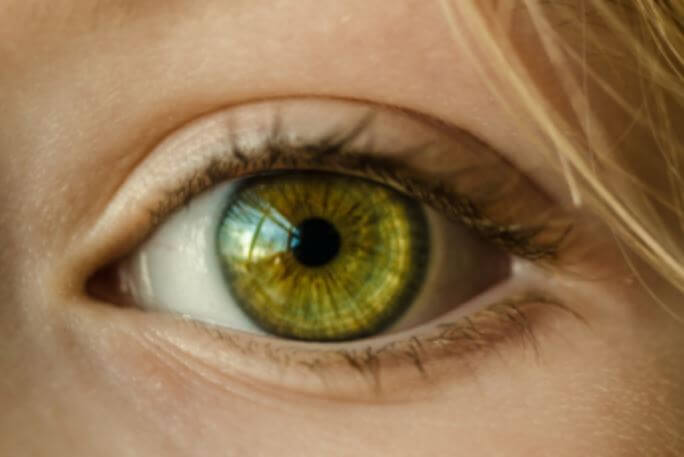
Did you realize UV and other radiation from sunlight aren’t just damaging to your skin but can also harm your eyes? Extended exposure to the sun’s UV rays has been linked to eye damage which includes cataracts, macular degeneration, pingueculae, pterygia and photokeratitis that may cause temporary vision loss. And new research suggests the sun’s high risk visible (HEV) radiation also known as “blue light” may increase your long-term risk of macular degeneration.
Individuals with low blood plasma levels of vitamin C along with other antioxidants particularly appear at risk of retinal damage from HEV radiation. Several eye problems have been linked with the overexposure to UV radiation. To shield your eyes from hazardous solar radiation, your sunglasses should block 100% of UV rays and absorb most HEV rays. Though a lot of people refer to it as ultraviolet radiation instead of UV light; the phrase technically is incorrect because you cannot see UV rays. The three categories of invisible high-energy UV beams are UVA, UVB, and UVC.
Overexposure to UVA radiation has been related to the evolution of particular types of cataracts, and study suggests UVA rays may play a role in the development of macular degeneration. UVB rays are thought to cause pingueculae and pterygia. These growths on the eye’s surface can become unsightly and cause corneal difficulties as well as distorted vision. UVC rays are the highest-energy UV rays. They are potentially the most harmful to your eyes and skin. Fortunately for us, the atmosphere’s ozone layer blocks virtually all UVC rays.
How do you protect your eyes from the damaging effects of UV rays? To best protect your eyes from the sun’s damaging UV and HEV beams, always wear quality sunglasses whenever you are outdoors. Ideally, your frames should be the close-fitting wraparound style which provides the best protection because they restrict how much stray sunlight reaches your eyes. It will also protect as much of the delicate skin around your eyes as possible. And remember that the total quantity of UV protection sunglasses supply is unrelated to the color and shadow of the lenses. Before you purchase sunglasses, verify that the lenses you choose provide 100% UV protection.
However, for HEV protection, shade does matter. Almost all sunglasses block some of HEV beams, but some tints block more blue light than many others. Blue-blocking sunglass lenses are typically bronze, copper or reddish-brown in color.
Remember that even with UV-blocking contacts, you still need sunglasses as your contacts will only shield a specific area of your eye. UV beams still can damage your conjunctiva and other tissues not covered by the lens. Wearing sunglasses protects these delicate tissues and the skin around your eyes from UV damage. You don’t need to fear the outdoors and sunny days, as long as you are equipped with protection with UV exposure. Be particular with the sunglasses you purchase. Ask about the materials that they are made of, particularly the lens.
When it comes to eye protection and sunglasses, know that there are brands that are not only high-fashion but are also made with made with high-quality polarized lenses that reduce glare for better color, clarity, detail and provide UV protection from the sun.
